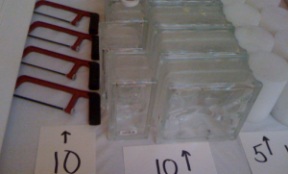If you are looking for a little fun today read on as it may just help you get unstuck and moving forward!
Think back to a time, and it may even be right now, that you were in a slump, no desire to do a whole lot and not quite sure what will get you going again. It is times like these where looking at the situation from a different perspective can help you get unstuck and moving forward even if it is just baby steps of progress.
The Four Drive Model is our perspective shifter today and yes that is a very technical term. When you are stuck, which of the four drives below is the one that can pull you out of the muck and get you going again? (This is a self assessment and by no means scientific but it will help shift your perspective and harness one of the drives to pull you out of the muck.)
Are you driven by the ability to Acquire & Achieve?
You are jazzed by setting and reaching your goals, receiving recognition for a job well done, and/or receiving an incentive for completing and reaching a goal.
Are you driven by the ability to Bond & Belong?
You enjoy and are energized by other people, collaborating on a project, feeding off the thoughts and ideas of others help you in completing your tasks.
Are you driven by the ability to Comprehend & Challenge?
You thrive off of a challenge and learning something new and if it is in service of the greater good even better!
Are you driven by the ability to Define & Defend?
You protect your beliefs and your work and enjoy a healthy debate that helps define your work in a new manner.
Have you chosen the drive that will help you get unstuck? If not, go back and read through the descriptions again and go with your gut, which one makes you smile and internally say, “Yes that is it!”
The ability to see a situation from a different perspective combined with a motivating drive can be the start of getting you out of the muck.
Susan
If you know someone that might benefit from this article pay it forward and pass it along.












